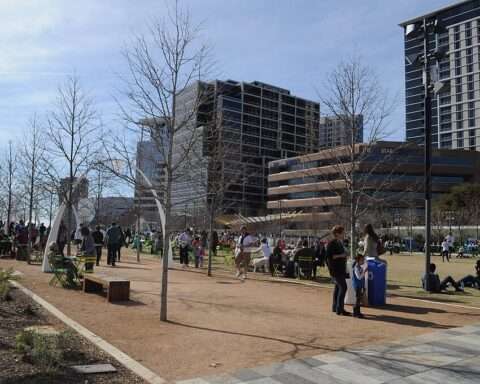Portland, Maine, will use $28 million to build multimodal connections to reconnect the Libbytown neighborhood with the city, improve pedestrian and bicyclist accessibility and enhance safety for motorists and public transit users. Interstate 295 was built in the 1960s, bisecting the neighborhood and cutting it off from Portland and surrounding communities.
The U.S. Department of Transportation (USDOT) recently provided $22.4 million through the Neighborhood Access and Equity (NAE) program to kickstart the Historic Libbytown Project. Construction will begin in November 2026.
The NAE program is designed to improve walkability, safety and affordable transportation access in disenfranchised communities. The Libbytown project is one of 132 that will receive a portion of the $3.3 billion USDOT awarded for Fiscal Year 2023.
The city will build multimodal infrastructure connections to provide Libbytown residents with better access to key amenities such as hospitals, housing, recreation and employment centers. The funds will allow the city to build pedestrian and bicyclist infrastructure that increases safety, visibility and mobility.
Plans include reconstructing Congress Street and Park Avenue beneath I-295. The city will build a roundabout featuring sidewalks and bike lanes to slow traffic. The project’s scope includes high-visibility crosswalks for bikes and pedestrians, additional sidewalks and protected bicycle lanes. Plans include redesigning connections between I-295 ramps and streets to improve safety and increasing streetside greenspace.
Park Avenue and Congress Street are currently one-way flow roads. The city will convert them into two-way streets and install traffic-calming features, including center turn lanes. The city will boost public transit accessibility and safety by building modern transit stops with shelters, benches, bike racks and electronic signage.
Plans include increasing distance between pedestrian areas and active traffic lanes by installing sidewalks separated from the street by a tree-lined esplanade. Esplanades are long, open, level ground areas used for walking. The city will also create bidirectional bike paths separated by esplanades, as well as separate bike and pedestrian crosswalks. Finally, the city will replace railroad crossing signage at an at-grade crossing.













